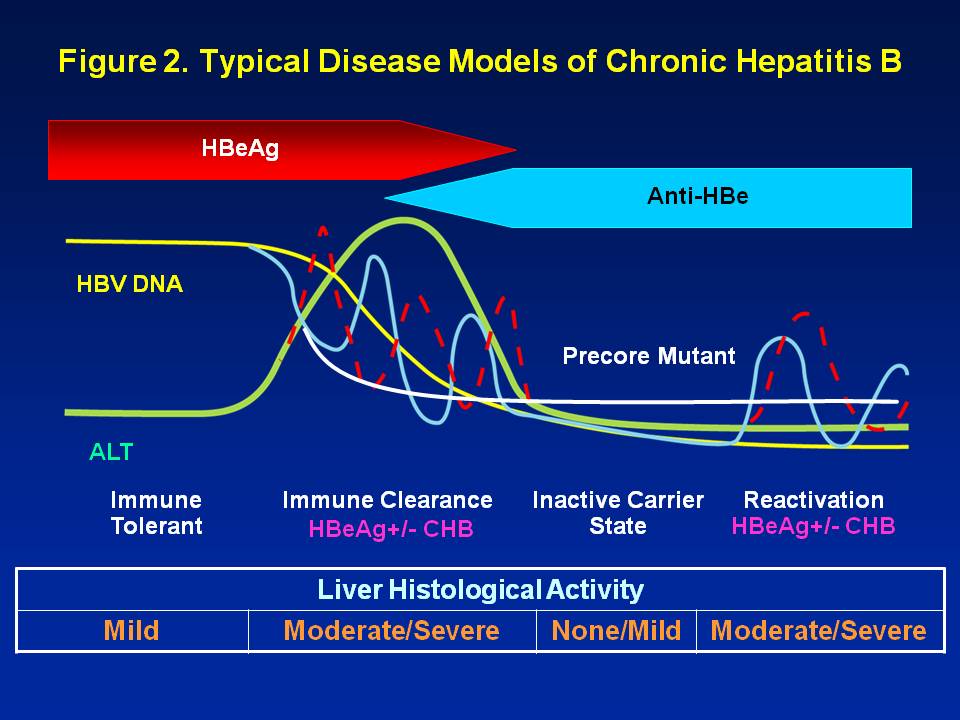HBF is pleased to connect our blog readers to Christine Kukka’s monthly HBV Journal Review that she writes for the HBV Advocate. The journal presents the latest in hepatitis B research, treatment, and prevention from recent academic and medical journals. This month, the following topics are explored:
- Study Finds Only 21% of Hepatitis B Patients Are Treated Correctly
- Combination of Chinese Herbs Plus Antiviral Entecavir Proves Effective
- Caesarians Reduce Infection of Newborns When Mothers Have High Viral Loads
- Combined Antiviral and Interferon Treatment Effective in Those Under Age 30
- New Tenofovir Formula May Lead to Less Bone Loss and Kidney Problems
- HBV Mutation Found Only in Men May Explain Their Higher Rates of Liver Damage
- Sumo Wrestlers Found to Transmit HBV Infection
- Taiwan’s Hepatitis B Immunization of Infants Reduces Hepatitis B by 90%
- Tenofovir Reverses Severe, Decompensated Cirrhosis
HBV Journal Review
October 1, 2013
Volume 10, Issue 10
by Christine M. Kukka
Study Finds Only 21% of Hepatitis B Patients Are Treated Correctly
A new study, examining how well San Francisco primary care providers care for their patients infected with the hepatitis B virus (HBV), finds most fail to screen them for liver cancer or regularly evaluate their viral load or hepatitis B “e” antigen (HBeAg) status, though medical guidelines require annual or semi-annual testing.
The study, published in the September 2013 issue of the journal Digestive Diseases and Sciences, surveyed doctors who provide care through a safety net program to many uninsured patients. They were asked how well they thought they followed current medical guidelines, and then patient medical records were analyzed to assess the true quality of care.
Of the 148 doctors surveyed, 79% claimed to follow medical guidelines and monitor patients’ liver health every 6 six 12 months. However, patient medical records covering the last 12 months showed substandard care.
- • Only 75% of patients had their alanine aminotransferase (ALT) levels, which shows liver damage, tested in the past year.
- • Only 51% had their viral load (HBV DNA) tested.
- • Only 51% had been screened for liver cancer (either with an alpha fetoprotein test or some type of liver imaging). This test should be performed annually, and doctors are at risk of medical malpractice if they do not screen patients for cancer.
- • HBeAg tests were performed in only 29% of patients.
- • Only 32% of the hepatitis B patients had been immunized against hepatitis A, another guideline requirement, to protect them from another liver infection.
Bottom line, researchers found that only 21% of patients had been monitored properly in compliance with current hepatitis B guidelines. Forty-three percent of doctors were not familiar with medical guidelines for hepatitis B management and only 73% answered all questions about hepatitis B correctly.
There was also a racial bias regarding which HBV-infected patients were screened for hepatitis C and HIV. Doctors tended to test African-American and Latino patients for hepatitis C (48% and 44% respectively) at a higher rate than they tested whites and Asian-American patients (34% and 31%.)
The study suggests that fear of malpractice—more than knowledge of current practice guidelines—may drive doctors to perform the required liver cancer screenings each year. Also, the researchers suggest that hepatitis B public education initiatives, spearheaded by the San Francisco Hepatitis B Free Campaign, may have contributed to better monitoring of Asian-Americans because it raised awareness among the public and their providers.
“These findings highlight the importance of targeted provider education to improve overall care,” for hepatitis B, the researchers from the University of California, San Francisco, suggest.
Continue reading about this and additional HBV related studies








